
Pruning of summer-flowering bushes
When and how?
Contents
With summer- or autumn-flowering bushes, flowering follows growth of new shoots so that without winter pruning, bushes quickly reach large proportions by season’s end. Pruning allows bush volume to be reduced before growth begins and helps make plants fuller when light, or simplify their branches when severe. Fewer, more vigorous regrowths then produce larger flowers.
Winter pruning period is scheduled according to gardener availability, frost sensitivity of the essential oil and possible management as a clipped hedge or as topiary.
Which ornamental bushes have summer and autumn flowering?
These bushes produce shoots before flowering during summer or autumn, either after mid-June.
Three types of bushes with summer and autumn flowering can be distinguished :
| Deciduous bushes | Evergreen bushes | Bushes with decorative fruits |
| Perpetual roses,
Althaea (Hibiscus) Buddleia, Caryoptéris, Fuchsias, Hydrangea paniculata, Lagerstroemia, Pérovskia, Summer tamarisk… |
Abelia,
Strawberry tree, Escallonia, Grevillea, Hebe, Hypericum, Oleander… |
Pheasant bush (Leycesteria),
Callicarpa, Cotoneaster, Pyracantha, Snowberry… |
Read also
Pruning spring-flowering bushesWhen to prune summer-flowering bushes?
Summer-flowering bushes develop flower buds and then flowers on the current year’s shoots, as they grow.
Pruning is therefore carried out during dormancy, ideally before growth resumes, between December and March.
Bushes sensitive to late frosts should be pruned as late as possible in March to delay their bud burst period. Pruning indeed stimulates the start of growth. . It is also useful to observe and rely on phenological cues.
Bushes to protect from cold such as Ceasalpinia gilliesii, Datura or l’Erythrine crête-de-coq can be pruned as early as September–October to protect them with a winter fleece before cold snaps. A further pruning in March removes dead wood.
Bushes for hedging such as Escallonia and Privet (Ligustrum) are pruned first in April–May and again in August.
Discover other Summer-flowering shrubs
View all →Available in 0 sizes
Available in 1 sizes
Available in 1 sizes
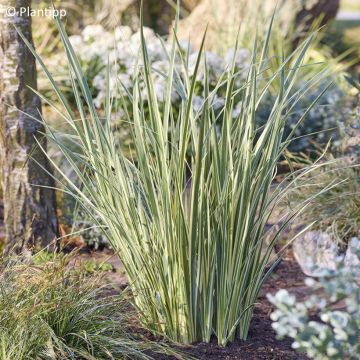
Available in 1 sizes
Available in 1 sizes
Available in 1 sizes
Available in 1 sizes
Available in 2 sizes
Available in 1 sizes
Available in 1 sizes
Pruning calendar for main summer-flowering bushes
Pruning months shown in this table correspond to Île-de-France and Centre regions. Flowering occurs 1 month earlier in Mediterranean zone and 2 weeks later in mountain zone. Names followed by an asterisk (*) indicate bushes to prune very short and which can be cut back to one-third of their total height.
Don’t forget that each plant page you consult on our site gives detailed guidance for pruning!
| PRUNING MONTHS | BUSHES CONCERNED |
| February | Shrubby potentilla |
| March | Abelia, Abutilon, Althea*, Atriplex halimus, Buddleia davidii*, Caryopteris, Cotoneaster, Elaeagnus x ebbingei, Fuchsia magellanica*, Hebe (x andersonii, brachysiphon), Hypericum (calycinum, patulum, ‘Hidcote’), Koelreuteria paniculata, Lagerstroemia*, Lantana, Oleander, Lespedeza*, Osmanthus heterophyllus, Perovskia*, Pyracantha, Roses except non-perpetual ones, Spanish broom, Spiraeas (billardii, bumalda, japonica), Summer tamarisk, Vitex* |
| April | Ceanothus (delilianus, pallidus), Ligustrum (vulgare, delavayanum, ovalifolium), Lonicera nitida |
| May | Escallonia (light pruning) |
| August | Atriplex halimus, Escallonia, Ligustrum (vulgare, delavayanum, ovalifolium), Pittosporum |
| September | Hydrangea macrophylla, Lonicera nitida, Ceasalpinia gilliesii, Yucca (flower spike) |
| October | Datura, Lavender (until February) |
| November | Heather (until February), Lavatera, Pomegranate |
How to prune summer-flowering bushes?
With a more ecological and practical approach, current trend is to adapt bush pruning to situation and time you wish to devote to it. It is considered unnecessary to cut back hard or to coppice systematically, as with coloured-stem Cornus for example, if bush is part of a country hedgerow, serves as a visual screen or if you want to prioritise its ecological role. Tangled branches provide shelter for wildlife and abundance of flowers is more of an asset than their size. A simple thinning of branches is then enough to renew vegetation and to prevent diseases caused by lack of air circulation (powdery mildew, downy mildew, rust…)
Take Hortensia paniculata as example, you have the option:
- to prune it every year leaving only 2 to 4 buds clearly visible at base of shoots from previous year. You will obtain huge clusters held upright at tip of somewhat rigid shoots.
- Conversely, if you prune only every 2 or 3 years, bush will thicken, adopting a more natural trailing habit, gain height and produce a mounded effect with a multitude of medium flower clusters.
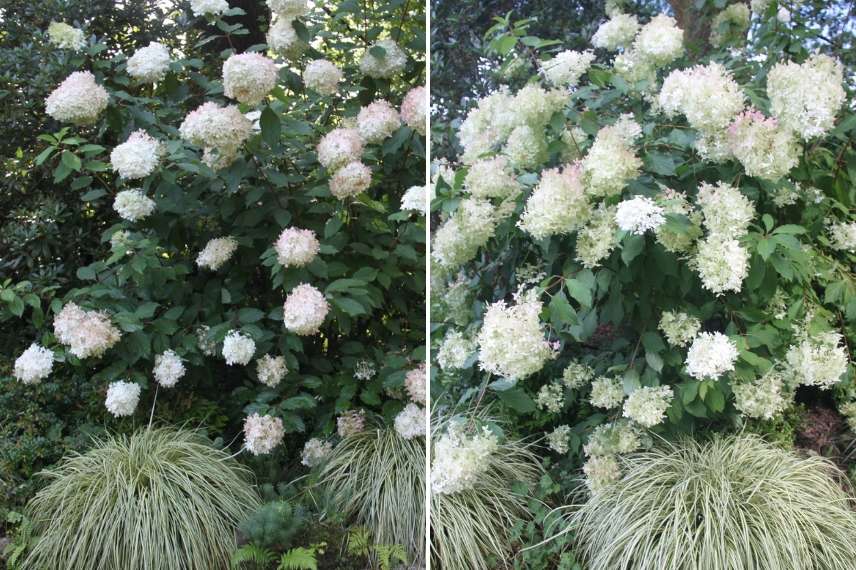
Left: Hydrangea pruned relatively short each year – Right: Hydrangea pruned every 2 to 3 years (photos Eva Deuffic)
Everything depends on desired effect and on space available!
Three cases can be distinguished :
- pruning of deciduous bushes flowering in summer or autumn,
- pruning of evergreen bushes flowering in summer or autumn,
- pruning of bushes with ornamental fruit.
Case 1: deciduous bushes flowering in summer or autumn
For these bushes, when pruning:
- Shorten branches from previous year by two-thirds or three-quarters of their length.
- Take advantage of bud appearance on wood aged 2–3 years to renew vegetation and prune immediately afterwards. This results in a simplification of the branches.
- Remove main branches arising from the stump, older than 4–5 years, on a rotating basis, balancing cuts within the bush. Remove one third of them in first year, another third in second year and the final third in third year.
- Finish pruning by removing branches that are too thin, damaged, twisted or crossing to encourage penetration of light into centre of stump
Make cuts with a pruning shear with well-sharpened curved blades disinfected with alcohol. Make slanted cuts about 0.5 to 1 cm above a leaf or a bud facing outwards from the bush. When removing old wood, it does not matter where the cut is made: either deep buds will emerge to produce new shoots, or shoots will sprout directly from soil.
Particular case of bushes requiring short pruning
Some summer-flowering bushes benefit from short pruning close to the stump or main branches, in order to produce strong, vigorous suckers with large flower clusters. Lack of pruning leads to bushes with spindly, tangled branches or to branches that lengthen without end.
Examples include : Althéa (Hibiscus syriacus), butterfly bush (Buddleia davidii), Fuchsia magellanica ‘Ricartonii’, Lavatera, crepe myrtle (Lagerstroemia indica), Lespedeza, Perovskia, tea roses, Vitex agnus-castus, Spiraea billardii, summer tamarisk…
You can leave only 2 buds at base of branches that have flowered.
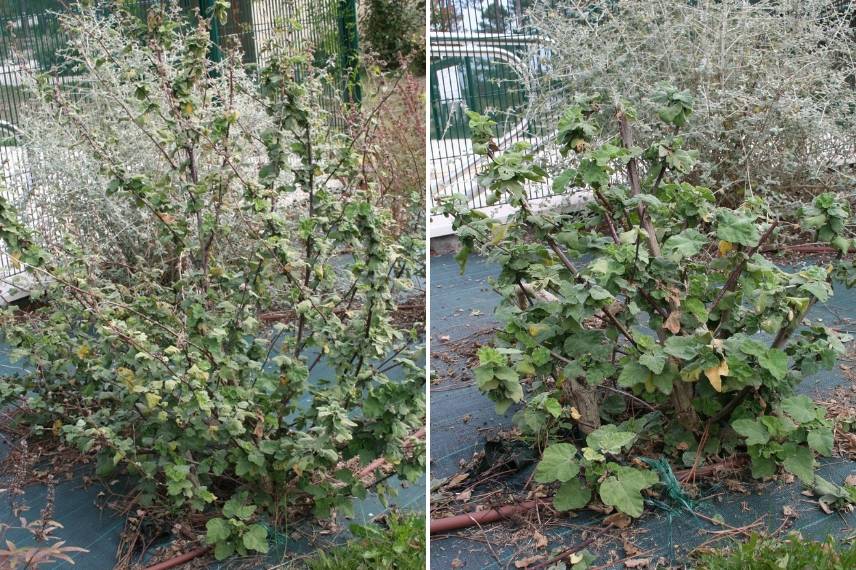
Lavatera pruning before / after (photo Eva Deuffic)
With Lagerstroemia, which can be trained on a trunk or left as a multi-stemmed bush, you have the option:
- to leave it unpruned to obtain a wide crown well supplied with small clusters,
- to prune it each winter by spur pruning, leaving base of a one-year shoot to extend each main branch, somewhat like vine training, in order to obtain a very structured tree with large clusters,
- or simply to remove dying branches to showcase architecture of trunk and main branches.
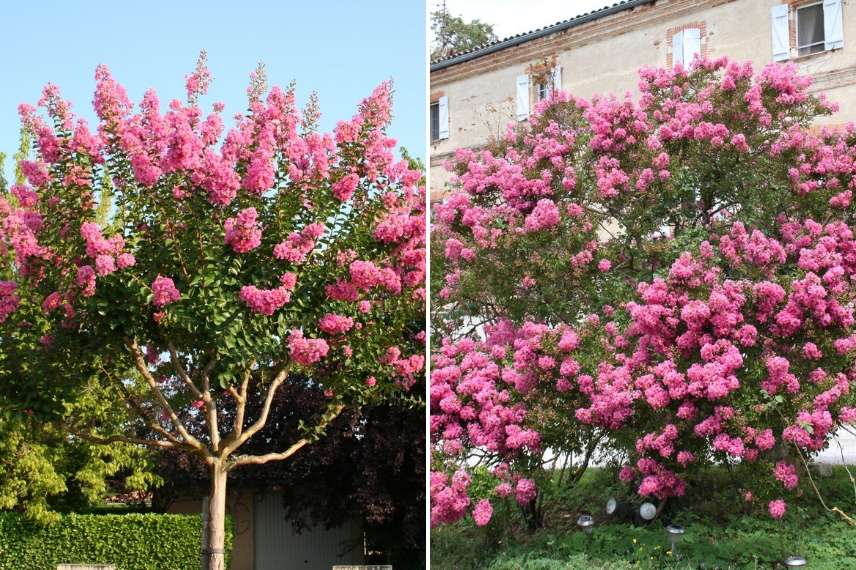
Lagerstroemia pruned on left and unpruned on right (photos Eva Deuffic)
Case 2: evergreen bushes flowering in summer
This mainly includes Abelia, Arbutus, Escallonia, Hypericum, oleander…
For these bushes, carry out a light pruning either with pruning shear or with a shear to maintain volume. Cut branch tips back by 20–40 cm in February–March.
Case 3: bushes with ornamental fruit
Shrubs concerned include Arbutus, Colutea, Callicarpa, Cotoneaster, Symphoricarpos…
They flower in summer on current-year shoots. This is followed by attractive fruiting useful for feeding wildlife in autumn and throughout winter.
Carry out a light pruning of branch tips by 20–30 cm in late winter simply to clear remaining fruit and balance the branches.
Which tools should I use?
Bushes left to a free habit are pruned using a pruning shear, or even with heavy‑duty pruning shears or a pruning saw for large branches. Hedges are cut with a shear or an electric hedge trimmer, noting that trimming back stubs formed by repeated pruning at the same spot with pruning shear should be carried out about every three years.
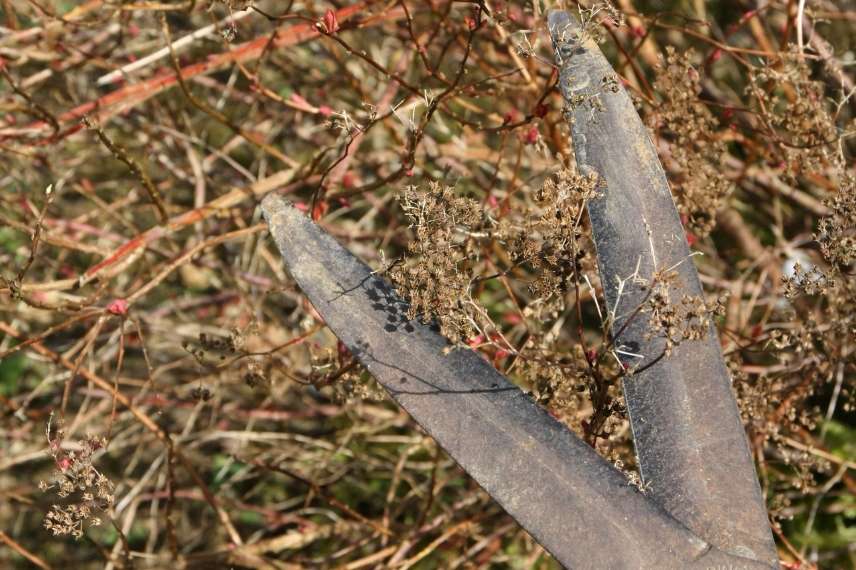
Pruning a Japanese spirea
- Subscribe!
- Contents































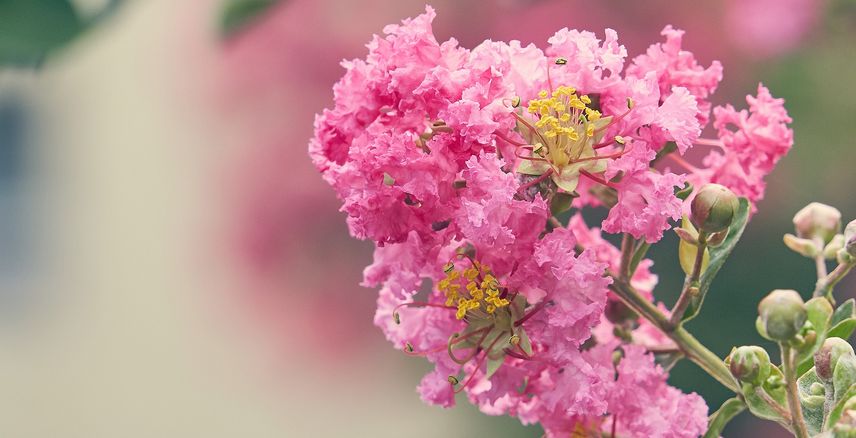

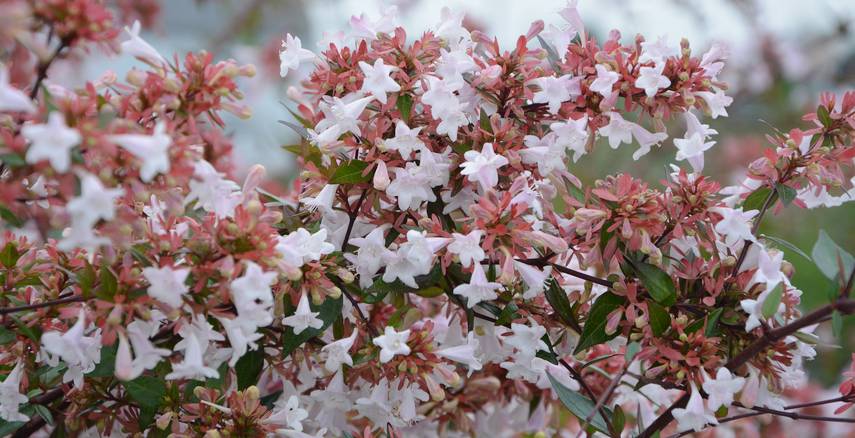



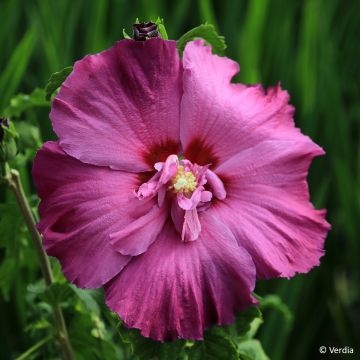
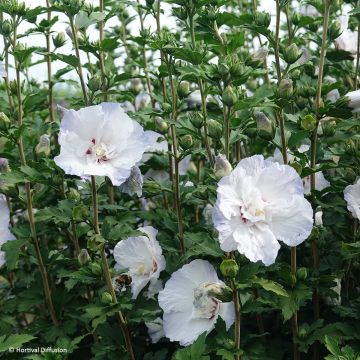


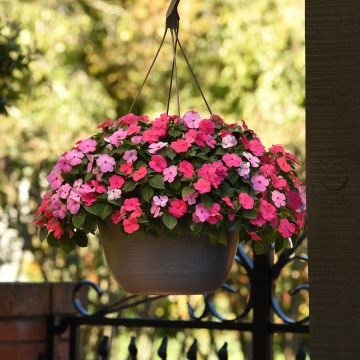
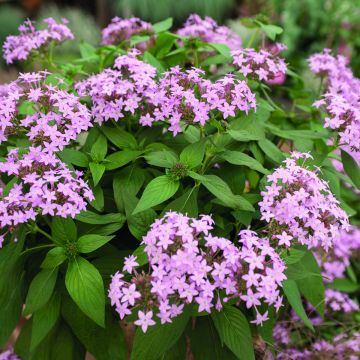
Comments